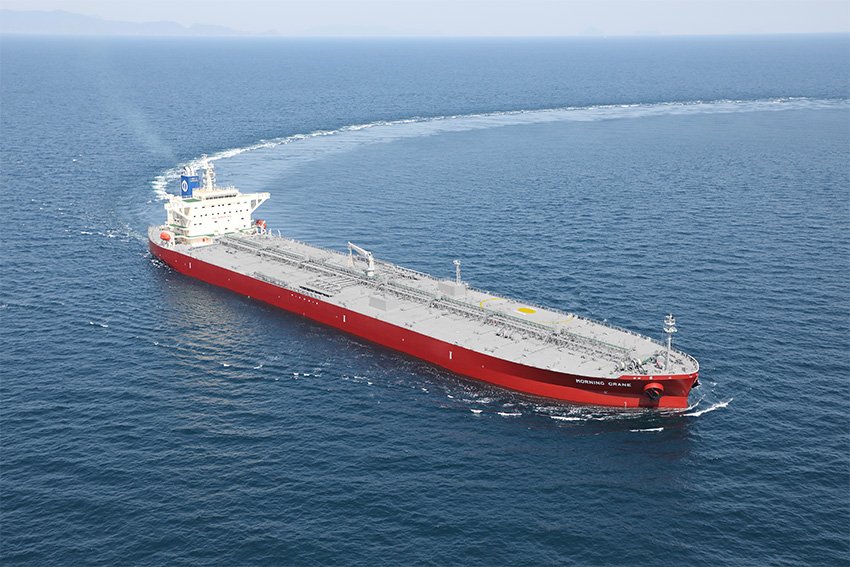

The Japanese shipbuilder looks to innovation as a means of attracting new recruits to plug domestic labor shortages.

A producer and distributor of bulk carriers, tankers and cargo ships, which also provides repair and design services, Onomichi Dockyard was established in 1943 and recently celebrated 81 years in the shipbuilding industry.
As with other companies in the sector, however, life at Onomichi is becoming more and more complex. Reduced building capacity allied to a shrinking domestic labor force have serious implications for the future, not least when it comes to the intergenerational transfer of knowledge.
Onomichi President Takashi Nakabe takes up the thread: “All sorts of industries are facing what we call a technical inheritance issue. Within the next ten years, predictions suggest that we will lose around 20% of our workers due to age. Meanwhile, fewer and fewer young people are entering our industry in comparison with IT industries or other tech fields.”
Other challenges include the push to reach global CO2 reduction targets set about by the International Maritime Organization, which is exerting pressure on shipbuilders to convert from diesel to alternative fuel sources such as ammonia, methanol and hydrogen before all the details have been properly thought through.
If the picture looks bleak, then it is worth noting that Mr. Nakabe has a clear solution for at least some of these problems in mind.

D/W 110,000 MT-type product tanker
“Onomichi Dockyard,” he confirms, “has recently invested in a U.K. company called Core Power, which is planning on producing a floating nuclear power station. They are also looking to produce nuclear power for shipping.”
Key here would be the floating nuclear power station’s ability to produce the electricity necessary to run a data center or store liquid hydrogen as alternative fuel, which requires a huge amount of electricity.
But Mr. Nakabe’s ambition does not stop there. “At the same time as the floating nuclear power plant,” he states, “we are also planning a floating data center for cloud computing and AI applications, which use large amounts of data. My aim is to connect the shipbuilding business with the data center business to attract more young people to shipbuilding.”
In addition to investing in Core Power, in October 2023 Onomichi began a collaborative project to develop a multi-purpose vessel powered by hydrogen. The vessel is to be equipped with a large low-speed, two-stroke hydrogen dual fuel engine; the project, which encompasses both Onomichi and other Japanese domestic shipping companies, is scheduled for delivery in either beginning of 2028.
Proof, if proof were needed, that the shipping industry can be just as innovative as other supposedly more trailblazing sectors. A factor that will be instrumental in Onomichi securing overseas partners in the future.
“It all comes down to attracting the younger generation,” Mr. Nakabe concludes. “This has been the number one problem in recent years and it’s time we changed our approach.”
0 COMMENTS